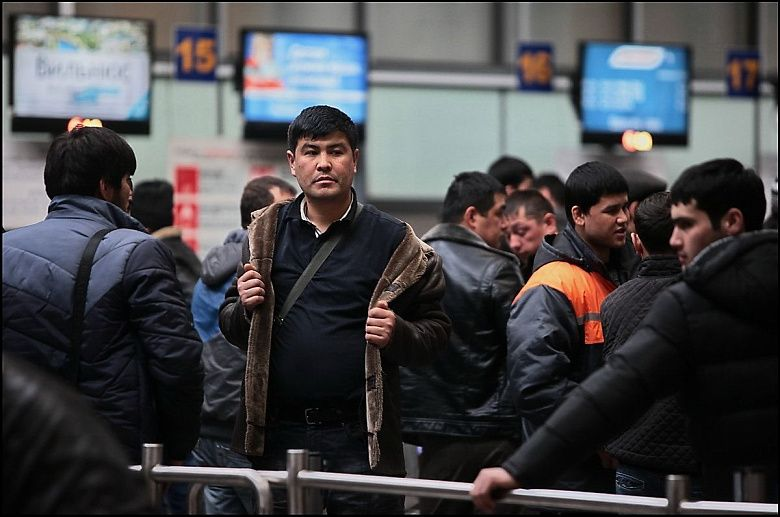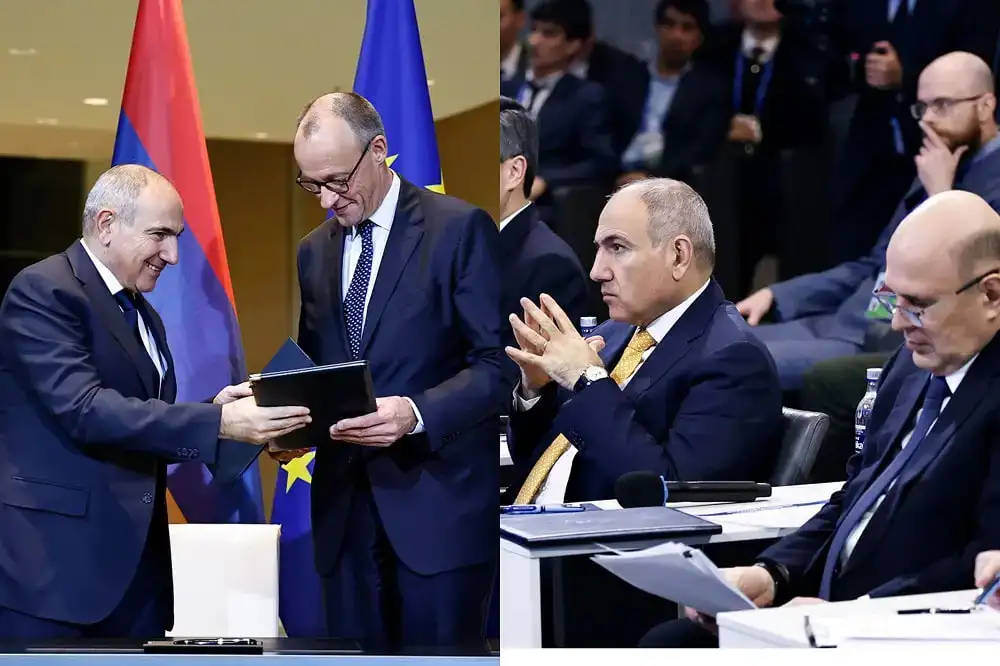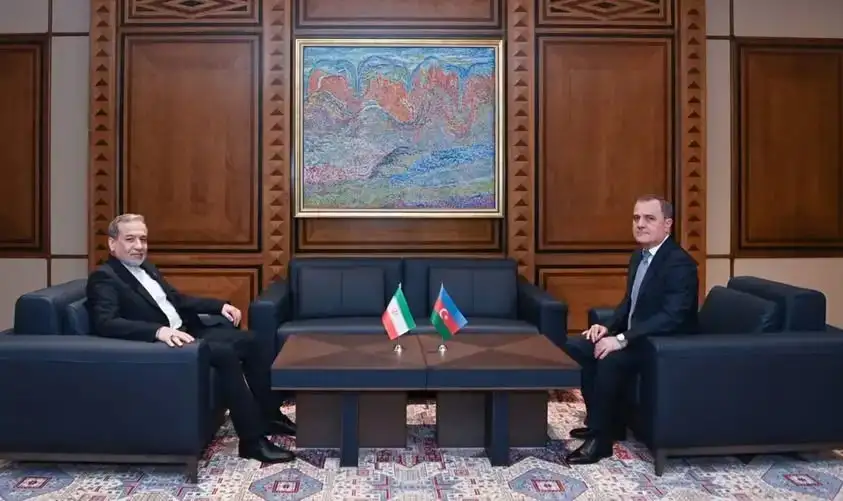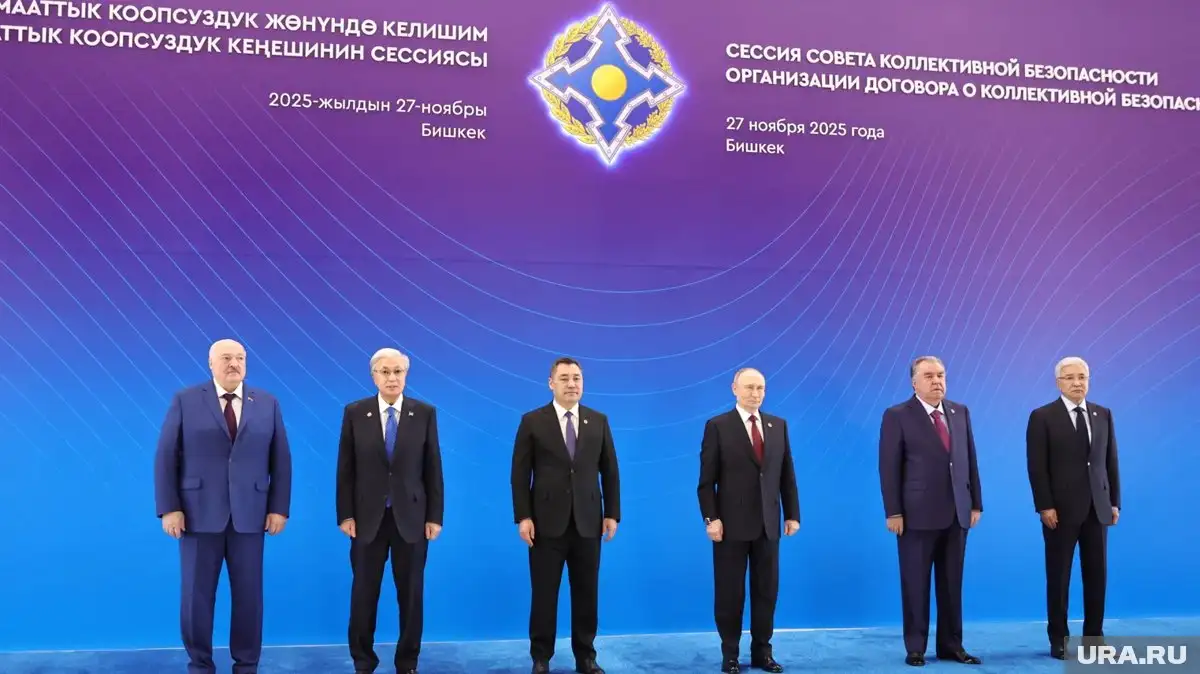The International Organization for Migration (IOM) reported, citing World Bank data, that the number of labor migrants from Central Asia to Russia has decreased significantly due to the tightening of migration rules in the Russian Federation.
This is especially worrying for Tajikistan, Uzbekistan, and Kyrgyzstan, whose economies and migrant remittances play an essential role. More and more residents of these countries are looking for work in other regions, such as the Persian Gulf countries, the European Union, Britain, and South Korea.
However, despite the reduction in the flow of migrants to Russia, the volume of remittances to Central Asian countries remains stable and, in some cases, even grows. Thus, in 2024, Tajikistan received $5.8 billion, and Kyrgyzstan received $2.9 billion.
With the flow of migrants from Central Asia declining, Russia is considering attracting labor from other regions, particularly Africa and North Korea. In 2024, the number of citizens entering the country from the DPRK increased 12 times compared to 2023.




















